Expansion of Industrial Applications
The Ozone Generation Market is witnessing an expansion in its industrial applications, particularly in sectors such as food processing, pharmaceuticals, and textiles. Ozone's powerful oxidizing properties make it an effective agent for disinfection and sterilization, which is crucial in maintaining product quality and safety. For instance, the food industry utilizes ozone for sanitizing equipment and extending shelf life, while the pharmaceutical sector employs it for sterilizing packaging materials. As industries increasingly adopt ozone-based solutions to comply with stringent safety regulations, the market is expected to grow significantly. Projections indicate that the industrial segment could represent a considerable portion of the ozone generation market, reflecting a shift towards more sustainable practices.
Growing Focus on Air Quality Improvement
The Ozone Generation Market is significantly influenced by the growing focus on air quality improvement. With rising concerns over air pollution and its adverse health effects, there is an increasing demand for effective air purification technologies. Ozone generators are being utilized in various settings, including commercial buildings, hospitals, and residential areas, to eliminate airborne pathogens and odors. The market for air purification is anticipated to expand, with ozone generation technologies playing a pivotal role. Recent data suggests that the air quality improvement segment could account for a notable share of the ozone generation market, driven by both regulatory pressures and consumer awareness regarding health and wellness.
Rising Demand for Water Treatment Solutions
The Ozone Generation Market is experiencing a notable surge in demand for water treatment solutions. This trend is largely driven by the increasing need for clean and safe drinking water, as well as the treatment of wastewater. Ozone is recognized for its efficacy in eliminating pathogens and organic contaminants, making it a preferred choice for municipalities and industries alike. According to recent estimates, the water treatment segment is projected to account for a substantial share of the ozone generation market, potentially reaching a valuation of several billion dollars by 2026. This growing emphasis on water quality and safety is likely to propel investments in ozone generation technologies, thereby enhancing the overall market landscape.
Technological Innovations in Ozone Generation
The Ozone Generation Market is benefiting from ongoing technological innovations that enhance the efficiency and effectiveness of ozone generation systems. Advances in ozone generation technologies, such as corona discharge and ultraviolet methods, are improving the production rates and reducing energy consumption. These innovations are making ozone generation more accessible and cost-effective for various applications, including water treatment and air purification. As technology continues to evolve, it is likely that the market will see an influx of new products and solutions that cater to diverse consumer needs. This trend may lead to increased competition and further market growth, as companies strive to offer cutting-edge ozone generation technologies.
Increased Regulatory Support for Ozone Applications
The Ozone Generation Market is experiencing increased regulatory support for ozone applications, particularly in environmental protection and public health. Governments are implementing stricter regulations aimed at reducing pollutants and ensuring safe drinking water, which in turn drives the adoption of ozone generation technologies. Regulatory bodies are recognizing ozone's effectiveness as a disinfectant and oxidant, leading to its endorsement in various applications. This supportive regulatory environment is likely to encourage investments in ozone generation systems, fostering market growth. As compliance with environmental standards becomes more critical, the ozone generation market is expected to expand, reflecting the alignment of industry practices with regulatory expectations.
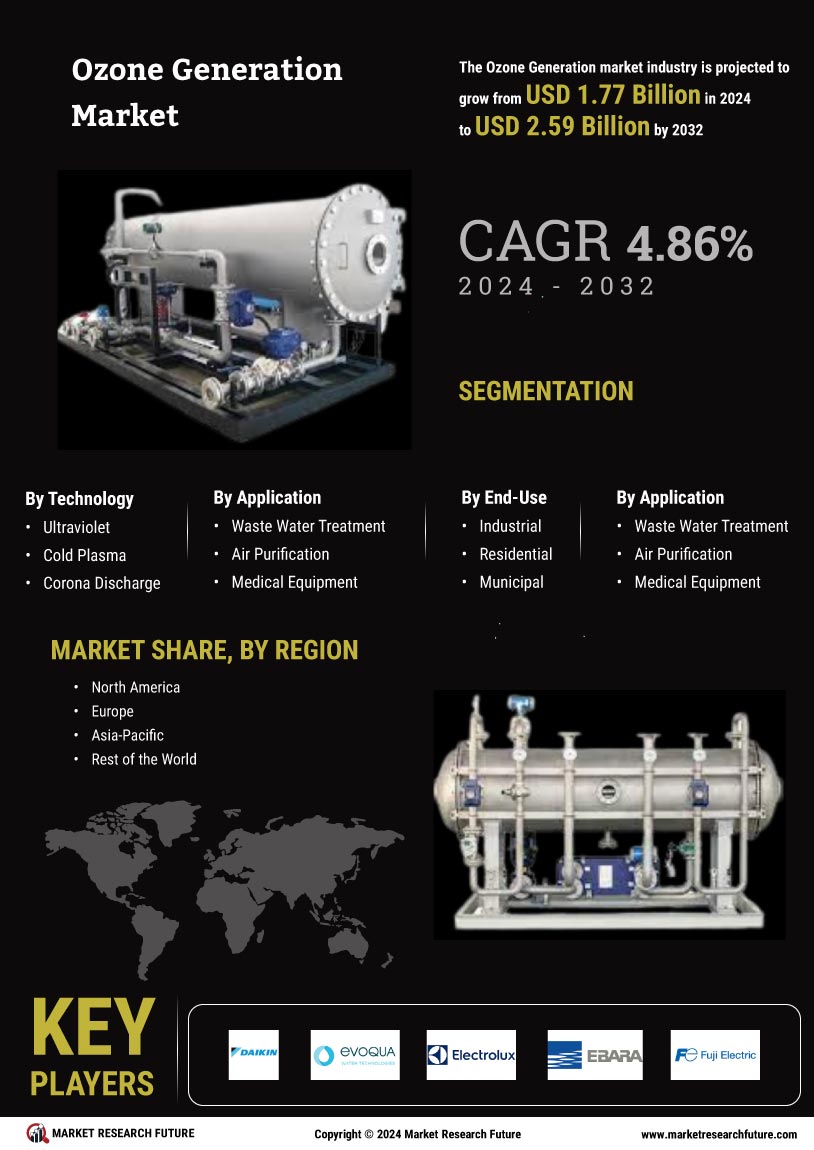

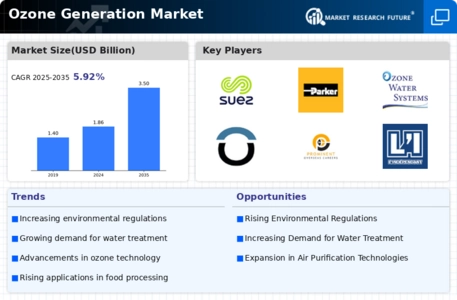
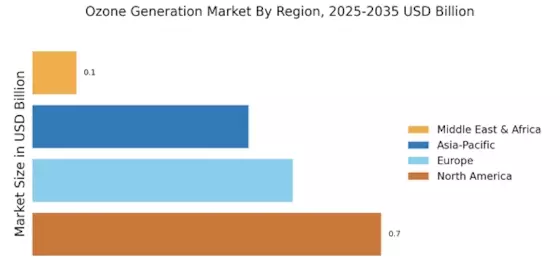
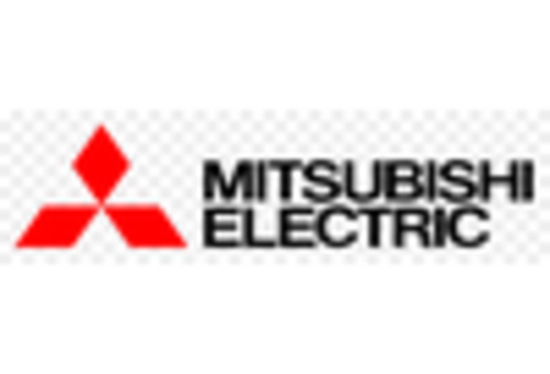
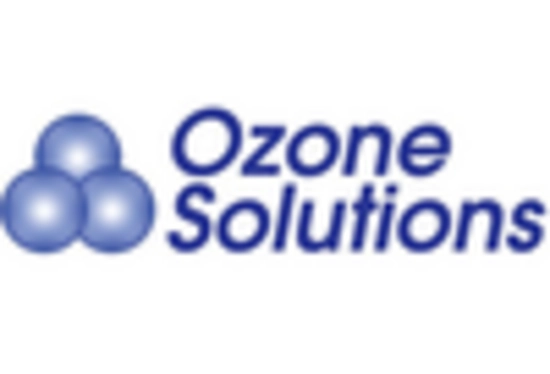
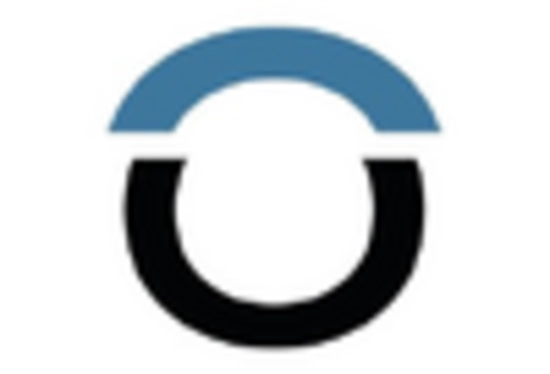

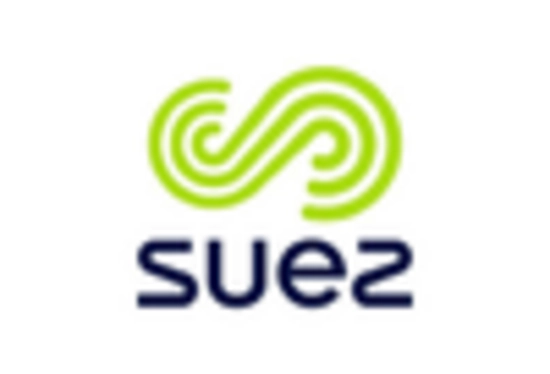
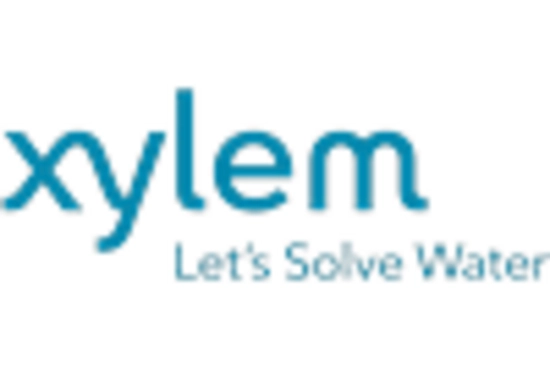








Leave a Comment